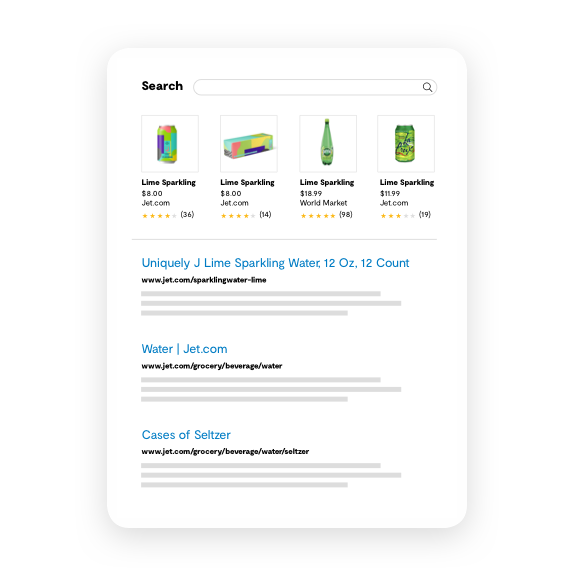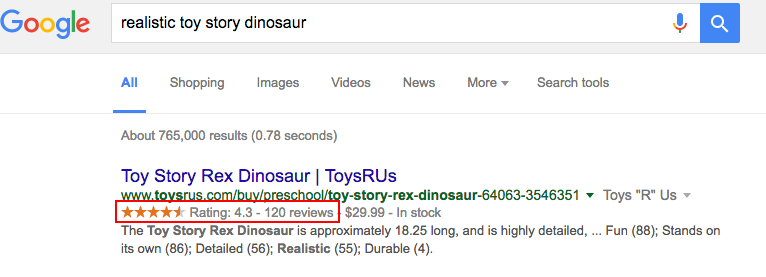In an ideal world, shoppers would navigate directly to your site anytime they were in the market for a product you sell. But the reality is, today’s consumers have nearly limitless options when it comes to researching and purchasing products. And in a vast majority of cases, they’re not starting their search directly on a brand or retailer site.
In fact, a recent PowerReviews study found that more than a third (35%) of shoppers choose to start the purchase journey on a search engine, compared to 21% that start directly on a brand or retailer site.
Why Your SEO Strategy Matters
This data sends a clear message to brands and retailers — if you want shoppers to find your product pages, it’s key to develop a strong search engine optimization (SEO) strategy. Many factors come into play when it comes to determining where your pages rank in search engine results.
Your company probably has someone on the team who focuses on many of these things, including freshness, keyword density, and inbound links, just to name a few. But one of the best ways to improve your SEO is to leverage the content that your users are already creating — including ratings and reviews and Q&A.
Read on to learn how brands and retailers can use reviews for SEO and how this content improves search engine presence, which will lead to more traffic and increased conversion.
Reviews Improve Ranking
Search engines prize fresh and relevant content. And a steady stream of ratings and reviews and Q&A can help keep your site’s content relevant and fresh with keyword-rich, permanent assets on your product pages. Then, search engines can crawl it which enables shoppers to find it.

Reviews Improve Click-Through
In 2011, major search engines including Google, Yahoo and Bing came together to create Schema.org, a single standard for structuring content on websites. Brands and retailers that adhere to Schema.org standards can benefit from an improved presence on search engines.
If a brand or retailer uses Schema.org standards, search engines can pull information from product pages and use it to enhance search results with what are called “rich snippets.”
The most common type of rich snippets are star ratings and review counts. If your site is structured according to Schema.org standards and you have ratings and reviews, star ratings can appear when your product pages appear in search results. These rich snippets catch the attention of shoppers and significantly improve click-through rates.
For example, let’s say you’re looking for a gift for your nephew, whose favorite movie is Toy Story. You navigate to Google and search for “realistic toy story dinosaur.” One of the top results is from Toys ‘R’ Us and includes a star rating and the number of reviews for the product. If you take a closer look, you can even see the pros, cons, and best uses listed below the star rating. You see that the toy has a great star rating, encouraging you to click through to the product page.

Are Your Reviews Structured Correctly?
We’ve found that more than 80% of brands and retailers are optimizing their content for crawlers. But around 30% are structuring it incorrectly.
But ensuring your site (including your reviews) is structured according to Schema.org standards doesn’t have to be overwhelming. In fact, if you’re an existing PowerReviews client and have our in-line SEO feature enabled, we do the heavy lifting for you.
Our in-line SEO feature essentially gives web crawlers the values they need to understand what your ratings and reviews content says.
If you’re a current PowerReviews customer, contact your Client Success Director or Community Manager to request in-line SEO be added to your account. And if you’re not currently a PowerReviews customer, contact us to learn more about how ratings and reviews can help improve your SEO.





